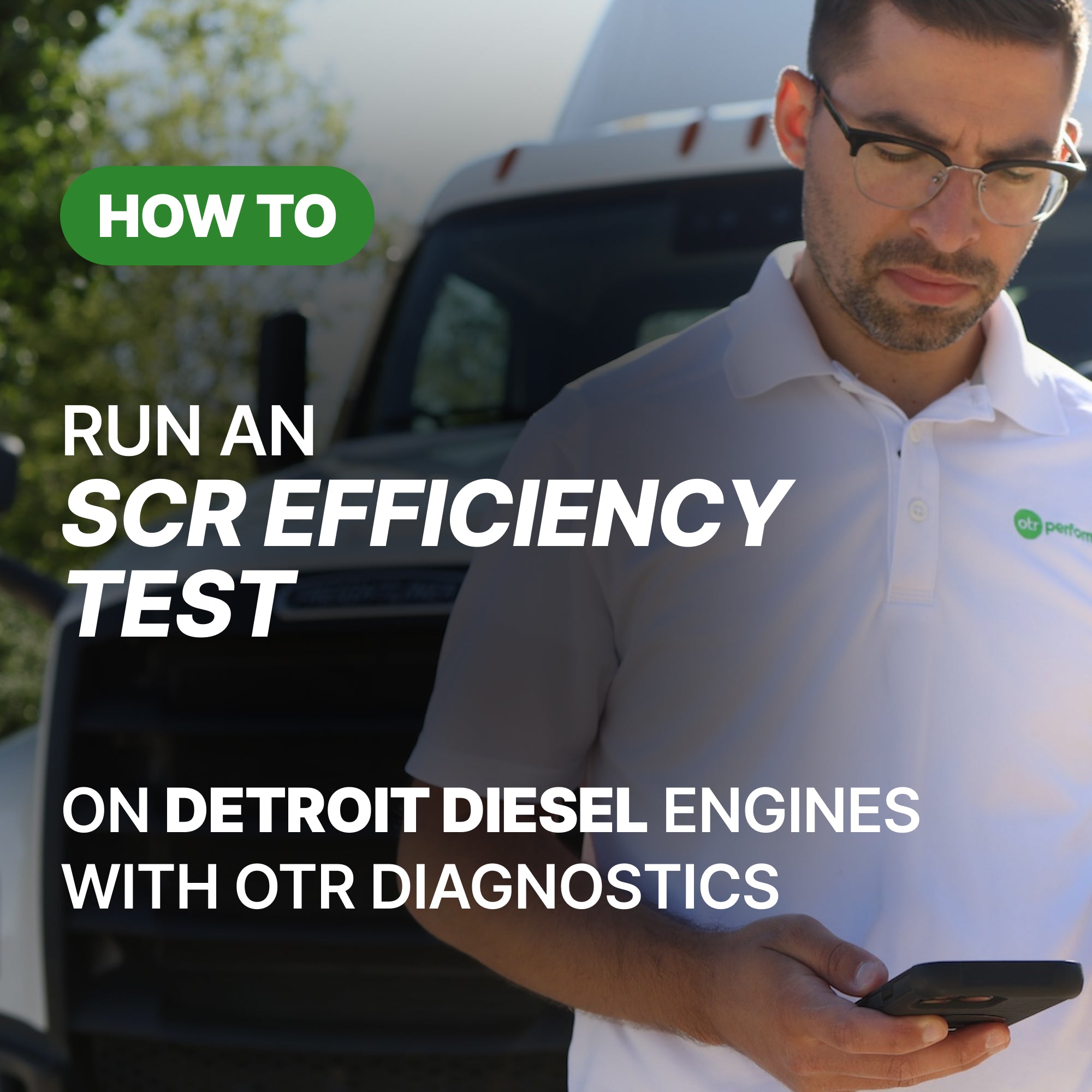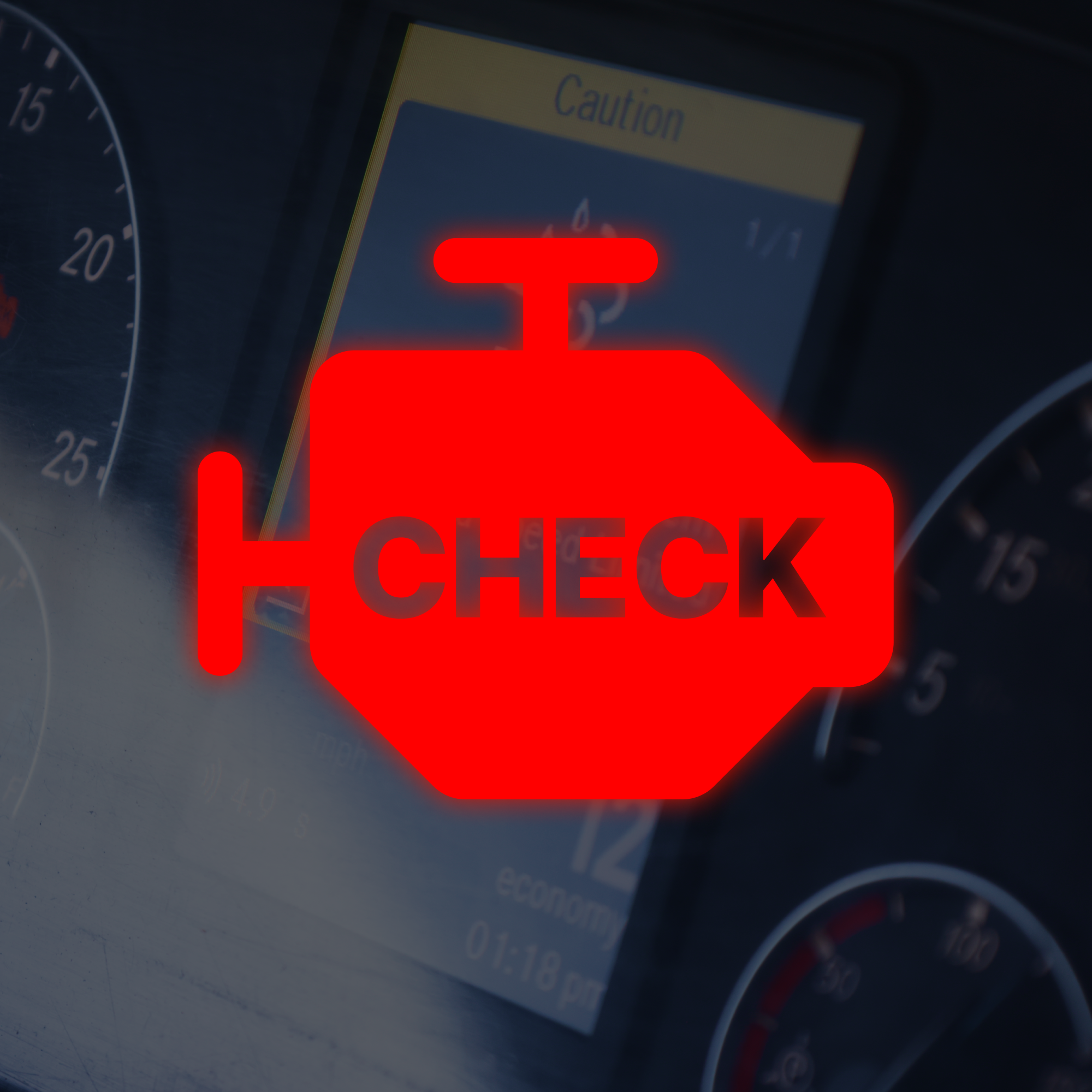As a semi-truck driver, it’s crucial to understand how your vehicle’s components work. Just as you need to know when to replace shocks or fuel filters, identifying a failing turbocharger is equally important. Here’s what to watch for.
What is a turbocharger and how does it work on a semi-truck?
A turbocharger is a performance-boosting component that uses exhaust gases to force more air into your truck’s engine. More air means more oxygen, which allows your engine to burn more fuel, resulting in more power without increasing engine size. Here's how it works, step by step:
1. Exhaust gases exit the engine:
When your engine burns fuel, it produces hot exhaust gases. Instead of wasting that energy, the turbo makes use of it.
2. Spinning the turbine:
The exhaust gases flow through a turbine inside the turbocharger. As the gases pass over the turbine blades, they spin rapidly, often over 100,000 RPM.
3. Powering the compressor:
The turbine is connected by a shaft to a compressor on the other side of the turbo. As the turbine spins, it drives the compressor.
4. Sucking in and compressing fresh air:
The compressor pulls in outside air, compresses it, and forces it into the engine’s intake manifold. This compressed air is denser and contains more oxygen than regular air.
5. More Oxygen = More Power
With more oxygen entering the cylinders, the engine can inject more fuel and generate a more powerful combustion. That means more horsepower and torque, perfect for hauling heavy loads or climbing grades.
Why it matters for you and your truck:
-
Improved fuel efficiency: More power from the same engine size.
-
Better performance at altitude: Compensates for thinner air in high elevations.
-
Greater towing capability: Essential for pulling full loads uphill or under stress.
Common signs of a failing turbocharger:
Turbo issues can become major headaches if ignored. Here are key symptoms to keep an eye on:
-
Power loss: A significant drop in engine power can signal turbo failure, making your truck sluggish and slow to accelerate, especially when merging or overtaking.
-
Check engine light: If your check engine light comes on, it could indicate turbocharger problems, such as underboost or overboost conditions.
-
Whining or whistling sound: Strange noises during acceleration, like whining or whistling, may point to damaged bearings or leaking seals in the turbo.
-
Oil consumption and exhaust smoke: Increased oil consumption and blue or white exhaust smoke can indicate oil leaking into the exhaust system due to a failing turbo.
-
Excessive fuel use: A malfunctioning turbo often leads to higher fuel consumption as the engine compensates for lost power.
-
Oil leaks: Visible oil leaks around the turbocharger or housing can signal internal issues like damaged seals or bearings.
What causes turbocharger failure?
Several factors can cause a turbocharger to break down:
-
Wear and tear: Over time, high-speed driving and harsh conditions wear down turbo components.
-
Oil/Lubrication issues: Insufficient or contaminated oil can cause poor lubrication, leading to friction, overheating, and turbo damage.
-
Foreign objects: Dust, dirt, or debris entering the turbo can cause damage to the compressor or turbine.
-
Damaged seals: Worn-out seals can result in oil leaks, affecting turbo performance and causing engine issues.
Can you drive with a blown turbo?
It’s not advisable. Driving with a blown turbocharger can cause severe engine damage, reduced performance, and safety hazards. You may experience excessive oil consumption, smoke, or even engine failure. Have your turbo inspected and repaired by a professional as soon as possible.
Stay ahead of turbo trouble with OTR Diagnostics
Catching turbocharger issues early can mean the difference between a minor repair and a major breakdown. That’s where OTR Diagnostics comes in.
With OTR Diagnostics, you can monitor key performance data, detect underboost or overboost conditions, and read detailed fault codes before your turbo leaves you stranded. Whether you’re experiencing a drop in power or just want peace of mind before your next haul, OTR Diagnostics puts you in control of your truck’s health.
Don't wait for the check engine light to cost you time and money. Try OTR Diagnostics today and stay ahead of turbo trouble.
[Get Started Now] – Diagnose. Reset. Drive Confident.




Cheap freight: confessions of owner operators
Understanding FMI codes: diagnosing common faults and component failures